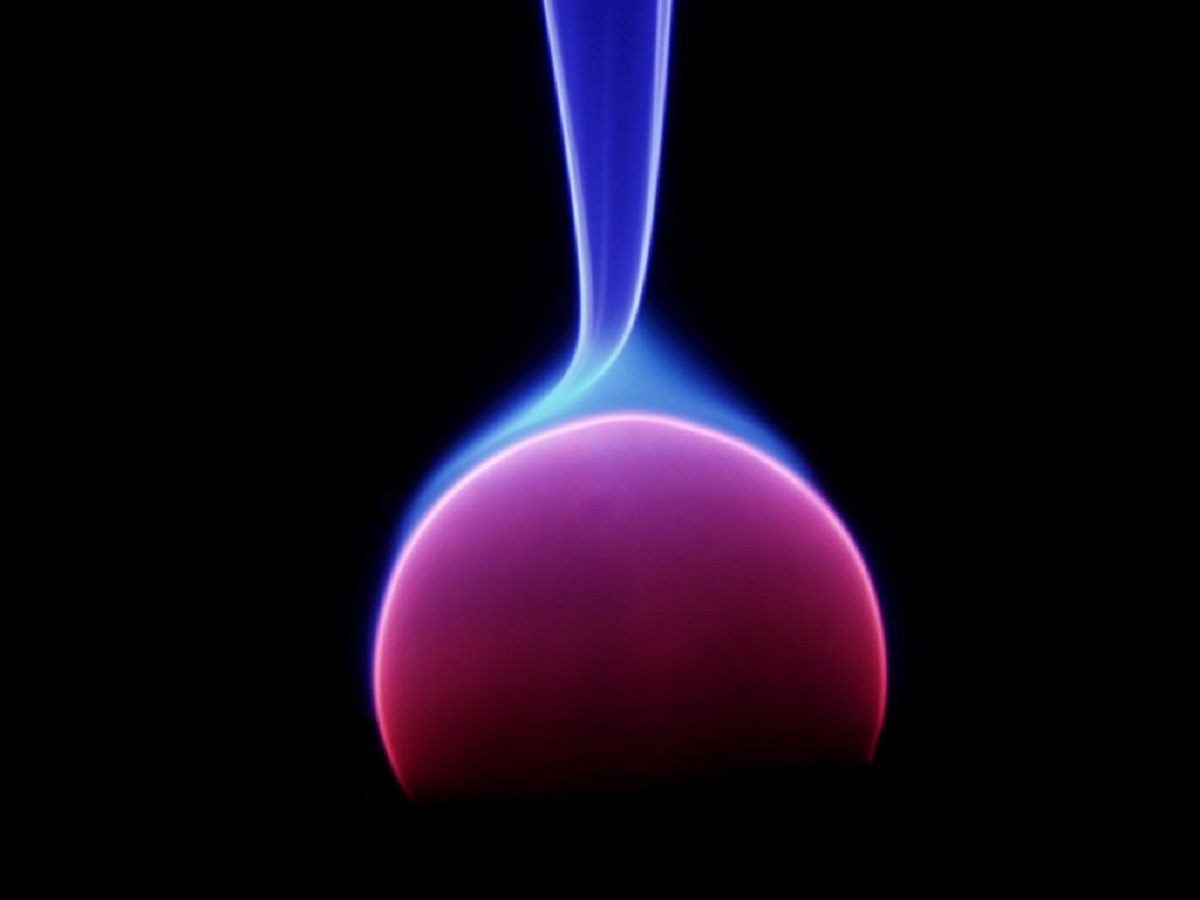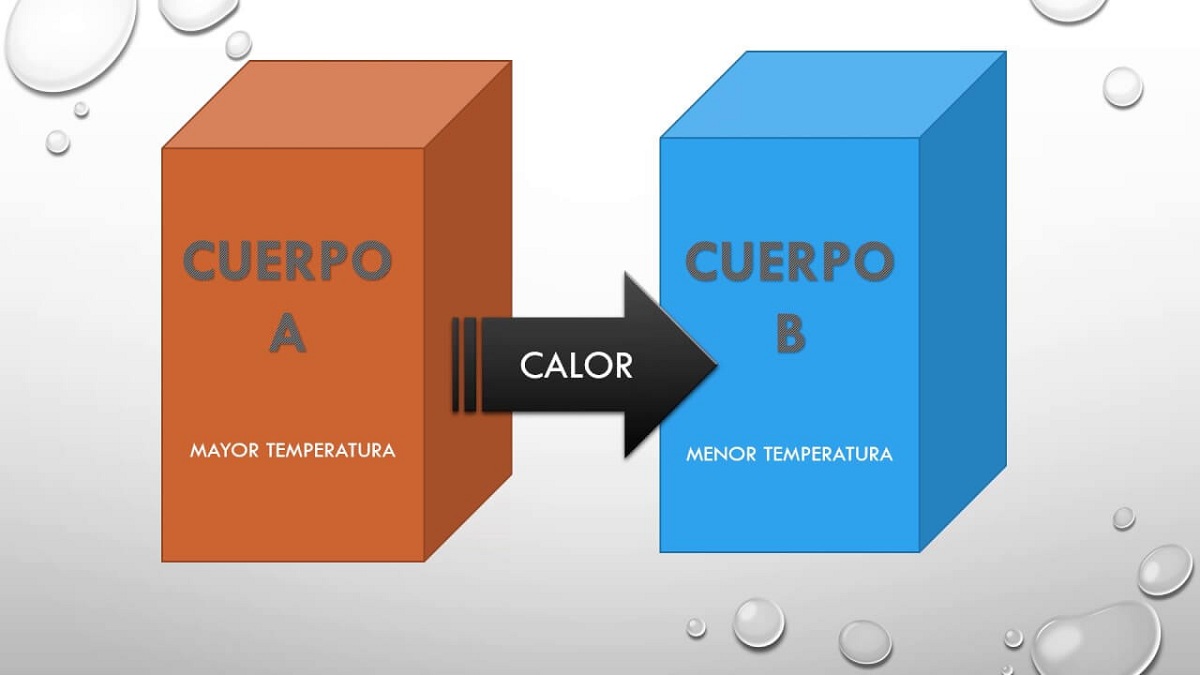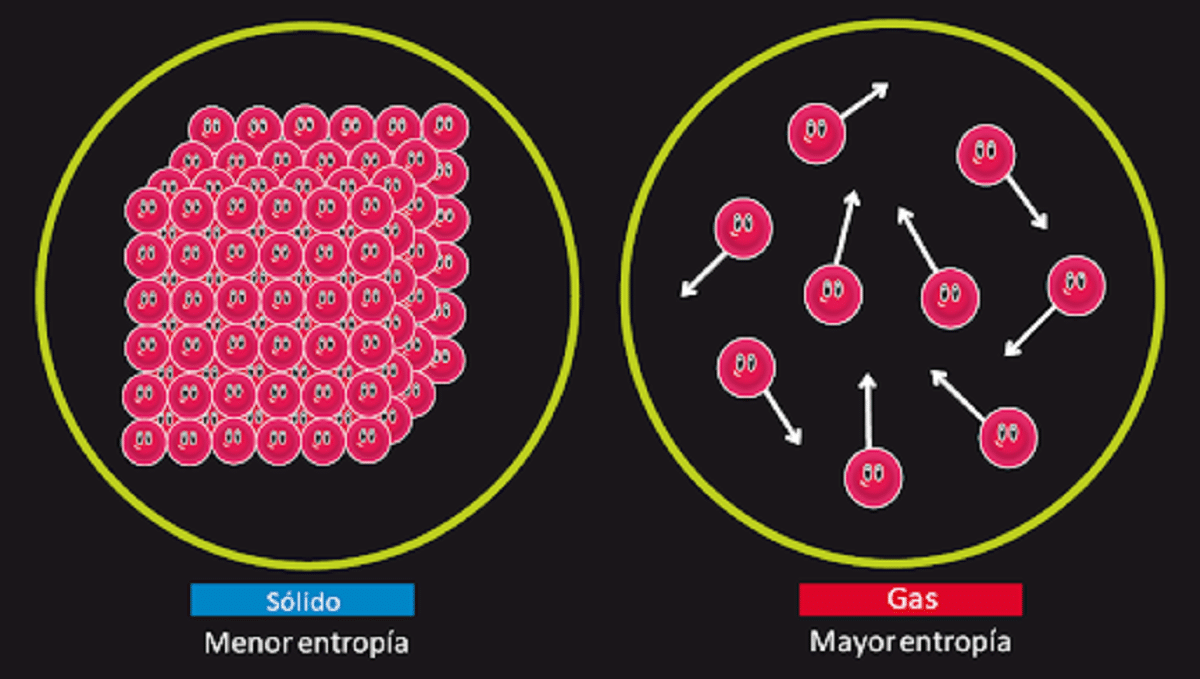
In the world of physics there is a branch that is responsible for studying the transformations produced by heat and work in a system. It's about the thermodynamics. It is a branch of physics that is responsible for studying all the transformations that only result from processes that involve changes in the state variables of both temperature and energy at the macroscopic level.
In this article we are going to tell you everything you need to know about thermodynamics and the principles of thermodynamics.
Key features
If we do an analysis of classical thermodynamics we see that it is based on the concept of macroscopic system. This system is nothing more than a portion of physical or conceptual mass that is separated from the external environment. In order to better study thermodynamic systems, it is always assumed that it is a physical mass that is not disturbed by the exchange of energy with the external ecosystem.
The state of a macroscopic system what is under equilibrium conditions it is specified by quantities called thermodynamic variables. We know all these variables and they are temperature, pressure, volume and chemical composition. All these variables are what define the systems and their equilibrium. The main notations that are had in chemical thermodynamics have been established thanks to the applied international union. With these units it is possible to work and better explain the law of thermodynamics.
However, there is a branch of thermodynamics that does not study equilibrium, but is responsible for analyzing thermodynamic processes that are mainly characterized by not having the ability to achieve equilibrium conditions in a stable way.
laws
The principles were denounced during the XNUMXth century Isa those who They are in charge of regulating all the transformations and their progress. They also analyze what the real limits are in order to have a true conception. They are axioms that cannot be proven but are unprovable based on experience. Every theory of thermodynamics is based on these principles. We can distinguish 3 basic principles plus the principle but that is the one that defines the temperature and that is implicit in the other 3 principles.
Zero law
We are going to describe what this zero law is, which is the first to describe the temperature that is implicit in the rest of the principles. When two systems interact with each other and be in thermal equilibrium they share some of the properties. These properties that they share with each other can be measured and given a numerical value. As a result, if the two systems are in equilibrium with a third, they will be in equilibrium with each other and the property that is shared is temperature.
Therefore, this principle but simply states that if a body A was in equilibrium with a body B and this body B will be in thermal equilibrium with a body C, then bodies A and C will also be in equilibrium thermal. This principle explains the fact that two bodies at different temperatures can exchange heat with each other. Sooner or later both bodies reach the same temperature, so they are in total equilibrium.
First Law of Thermodynamics
When a body is placed in contact with a body that is colder, a transformation takes place that leads to a state of balance. This state of equilibrium is based on the fact that the temperature of the two bodies are equal since an energy transfer is enhanced between the hot body for the cold body. In order to explain this phenomenon, the scientists assumed that a hot substance that is present in greater quantities, passed a colder body. It was thought of a fluid that could move through the mass to be able to exchange heat.
This principle is responsible for identifying heat as a form of energy. It is not a material substance. In this way, it could be shown that heat, which is measured in calories and work, which is measured in joules, are equivalent. Therefore, we know today that 1 calorie is approximately 4,186 joules.
It can be said that the first principle of thermodynamics is a principle of conservation of energy. An amount of energy in a heat engine is converted into work and can be seen by any machine that can produce such work without consuming energy. We can establish this first principle as: the variation of the internal energy of a closed thermodynamic system is equal to the difference that exists between the heat supplied to the system and the work done by said system in the environment.
Second law of thermodynamics
This at the beginning establishes that it is impossible to make a cyclic machine that only results in the transfer of heat from a cold body to a warm body. We can say that it is impossible that a transformation can be carried out whose result will only be that of converting the heat that we have extracted from a single source into mechanical work.
This principle is responsible for denying the possibility that there is the well-known perpetual motion of the second species. We know that the entropy of a system remains isolated unchanged when a reversible transformation takes place. We also know that it increases when an irreversible transformation takes place.
Third law of thermodynamics
This last principle is closely related to the second and is considered as a consequence of it. This principle affirms that absolute being cannot be achieved in color with a finite number of transformations. We know that there is absolute zero is not more than the minimum temperature that can be reached. In units Kelvin we know that it is 0, but in degrees Celsius it has a value of -273.15 degrees.
It also states that the entropy for a solid that is perfectly crystalline with a temperature of 0 kelvin is equal to 0. This means that there would be no entropy, so the system would be totally stable. The energy of release, translation and rotation of the particles that compose it would be nothing at the temperature of 0 kelvin.
I hope that with this information you can learn more about thermodynamics and basic principles.


